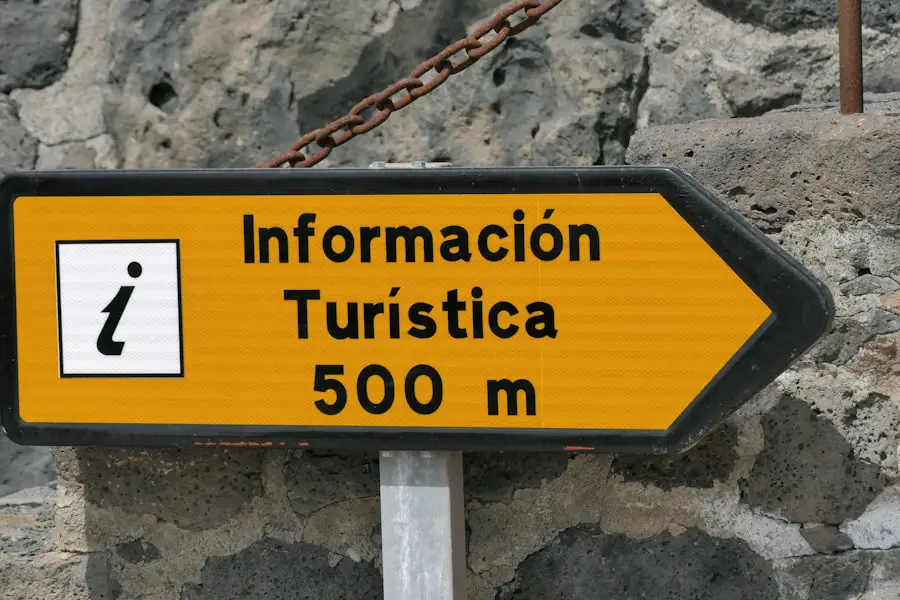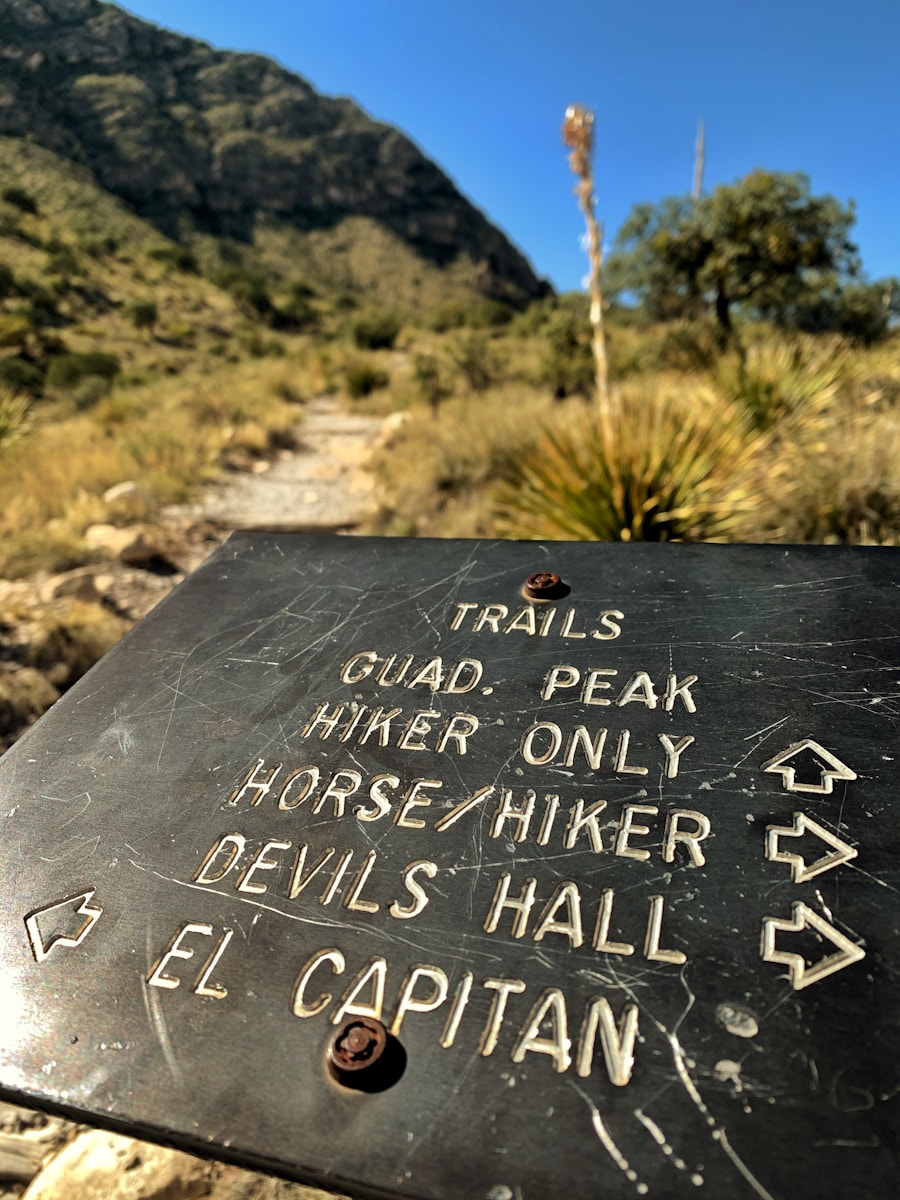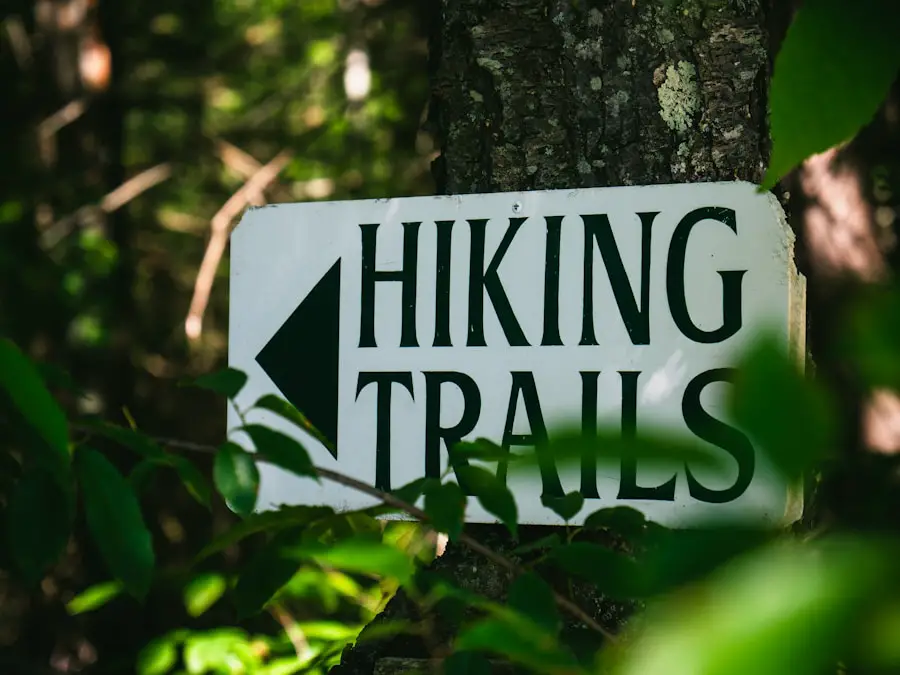Hiking is a beloved outdoor activity that allows individuals to connect with nature, explore new terrains, and enjoy physical exercise. For those who venture into Spanish-speaking countries, the experience can be enriched by the ability to communicate in Spanish. Whether you are trekking through the lush landscapes of Costa Rica, navigating the rugged trails of Patagonia in Argentina, or exploring the historic paths of Spain, knowing some Spanish can enhance your experience significantly.
The ability to converse with locals, understand trail signs, and navigate potential challenges can transform a simple hike into a memorable adventure. Moreover, hiking in Spanish-speaking regions offers a unique opportunity to immerse oneself in the local culture. The language serves as a bridge to understanding the customs, traditions, and stories that are often tied to the landscapes you traverse.
From the majestic Andes mountains to the serene beaches of Mexico, each region has its own linguistic nuances and cultural significance. By learning Spanish, hikers not only gain practical skills for their journey but also foster deeper connections with the environment and the people they encounter along the way.
Key Takeaways
- Hiking is a popular outdoor activity in Spanish-speaking countries, offering beautiful landscapes and diverse trails for all levels of hikers.
- Basic Spanish vocabulary for hiking includes words like senderismo (hiking), mochila (backpack), and botas de montaña (hiking boots).
- Essential phrases for hiking in Spanish include “¿Dónde está el sendero?” (Where is the trail?) and “Necesito agua” (I need water).
- When asking for directions and navigating trails in Spanish, it’s important to use phrases like “¿Cómo llego a la cima?” (How do I get to the summit?) and “¿Hay algún peligro en el camino?” (Is there any danger on the trail?).
- Safety tips and emergency phrases in Spanish are crucial for hikers, including “¡Ayuda!” (Help!) and “Me perdí” (I’m lost), as well as knowing how to describe injuries or illnesses in Spanish.
Basic Spanish Vocabulary for Hiking
To embark on a hiking adventure in a Spanish-speaking country, it is essential to familiarize oneself with basic vocabulary related to the activity. Knowing key terms can help you navigate trails, understand signs, and communicate effectively with fellow hikers or locals. For instance, understanding words like “sendero” (trail), “montaña” (mountain), and “bosque” (forest) can provide context as you explore various landscapes.
Additionally, terms such as “agua” (water), “comida” (food), and “mapa” (map) are crucial for ensuring you are well-prepared for your hike. Another important aspect of hiking vocabulary includes understanding the types of terrain and weather conditions you may encounter. Words like “rocoso” (rocky), “empinado” (steep), and “lluvia” (rain) can help you describe the conditions of the trail or prepare for unexpected weather changes.
Furthermore, knowing how to express your physical state is vital; terms such as “cansado” (tired) or “sediento” (thirsty) can be useful when communicating your needs to others. By building a solid foundation of vocabulary, hikers can navigate their adventures with greater confidence and ease.
Essential Phrases for Hiking in Spanish

In addition to vocabulary, mastering essential phrases can significantly enhance your hiking experience in Spanish-speaking regions. Simple expressions such as “¿Dónde está el sendero?” (Where is the trail?) or “¿Cuánto tiempo tomará llegar?” (How long will it take to get there?) can facilitate communication with locals and fellow hikers. These phrases not only help in finding your way but also open up opportunities for engaging conversations about the area and its natural beauty.
Moreover, knowing how to express gratitude is crucial when interacting with others during your hike. Phrases like “Gracias por su ayuda” (Thank you for your help) or “Fue un placer conocerlo” (It was a pleasure to meet you) can leave a positive impression and foster goodwill among those you encounter. Additionally, if you find yourself in need of assistance, being able to say “¿Puede ayudarme?” (Can you help me?) or “Estoy perdido” (I am lost) can be invaluable in ensuring your safety and well-being on the trail.
These essential phrases create a toolkit for effective communication that can enhance both your hiking experience and your interactions with the local community.
Asking for Directions and Navigating Trails in Spanish
| Metrics | Spanish Phrases | Trail Navigation Tips |
|---|---|---|
| Number of Essential Phrases | 20 | N/A |
| Common Directions Phrases | “¿Dónde está…?” (Where is…?) “¿Cómo llego a…?” (How do I get to…?) |
Use landmarks as reference points Follow trail markers and signs |
| Useful Vocabulary | Left, right, straight, north, south, east, west | Learn to read trail maps Understand trail difficulty ratings |
| Polite Expressions | “Por favor” (Please) “Gracias” (Thank you) |
Respect trail etiquette Be courteous to other hikers |
When hiking in unfamiliar territory, knowing how to ask for directions is paramount. In Spanish-speaking countries, locals are often friendly and willing to assist travelers. Phrasing your questions clearly can lead to helpful guidance.
For example, asking “¿Cómo llego a la cima?” (How do I get to the summit?) or “¿Hay un mapa de la zona?” (Is there a map of the area?) can provide you with crucial information about your route. Additionally, understanding directional terms such as “izquierda” (left), “derecha” (right), and “recto” (straight) will help you follow instructions more accurately. Navigating trails also involves understanding common trail markers and signs that may be present along your journey.
Familiarizing yourself with phrases like “Siga las señales” (Follow the signs) or “Este sendero es peligroso” (This trail is dangerous) can alert you to important information regarding safety and navigation. Furthermore, if you encounter other hikers, asking questions like “¿Cuál es el mejor camino?” (What is the best path?) can lead to valuable insights from those who have already experienced the trail. By mastering these skills, hikers can confidently explore new areas while ensuring they remain on track.
Safety Tips and Emergency Phrases in Spanish
Safety is a paramount concern when hiking, especially in remote areas where help may not be readily available. Being prepared with emergency phrases in Spanish can make a significant difference in critical situations. For instance, knowing how to say “Necesito ayuda” (I need help) or “Llama a los servicios de emergencia” (Call emergency services) can be lifesaving if an accident occurs.
Additionally, understanding how to describe your location is essential; phrases like “Estoy en el sendero cerca de…” (I am on the trail near…) can provide rescuers with vital information. It is also important to be aware of common hazards that may arise while hiking. Familiarizing yourself with phrases such as “Cuidado con las serpientes” (Beware of snakes) or “Hay un deslizamiento de tierra” (There is a landslide) can alert others to potential dangers on the trail.
Furthermore, if you are hiking with companions, discussing safety protocols in Spanish—such as “Mantengámonos juntos” (Let’s stay together)—can ensure that everyone is on the same page regarding safety measures. By equipping yourself with these emergency phrases and safety tips, you can hike with greater confidence and peace of mind.
Cultural Etiquette and Interactions with Locals in Spanish-speaking Areas

Understanding cultural etiquette is crucial when hiking in Spanish-speaking regions, as it fosters respectful interactions with locals and enhances your overall experience. Each country has its own customs and traditions that may influence how hikers are perceived. For example, in many Latin American countries, greeting people with a friendly “Hola” (Hello) or “Buenos días” (Good morning) before engaging in conversation is considered polite.
This simple gesture can set a positive tone for any interaction. Additionally, being aware of local customs regarding nature conservation is essential. Many Spanish-speaking countries have strong traditions of respecting the environment and wildlife.
Phrases like “Es importante no dejar basura” (It is important not to leave trash) or “Debemos cuidar la naturaleza” (We must take care of nature) reflect this ethos and demonstrate your commitment to preserving the beauty of the landscapes you explore. Engaging in conversations about local flora and fauna using terms like “flora” (flora) and “fauna” (fauna) can also deepen your connection with the environment and show respect for local knowledge.
Useful Resources for Learning Spanish for Hiking
For those eager to improve their Spanish skills specifically for hiking, numerous resources are available that cater to different learning styles. Language learning apps such as Duolingo or Babbel offer interactive lessons that focus on vocabulary and phrases relevant to outdoor activities. These platforms often include exercises that simulate real-life scenarios hikers may encounter on their journeys.
Additionally, online forums and communities dedicated to hiking enthusiasts can provide valuable insights into both language learning and trail experiences. Websites like Meetup or Facebook groups often host events where bilingual speakers gather for hikes, allowing learners to practice their language skills in a natural setting while enjoying the outdoors. Furthermore, investing in phrasebooks or travel guides that focus on outdoor activities can serve as handy references during hikes, ensuring that you have access to essential vocabulary at your fingertips.
Conclusion and Encouragement to Practice Spanish while Hiking
As you prepare for your next hiking adventure in a Spanish-speaking country, remember that language is not just a tool for communication; it is a gateway to deeper connections with people and places. Embracing the opportunity to practice Spanish while hiking allows you to engage more fully with your surroundings and enriches your overall experience. Each interaction—whether asking for directions, sharing stories with fellow hikers, or learning about local customs—becomes an opportunity for growth and discovery.
So lace up your hiking boots, grab your backpack, and set out on an adventure that combines physical exploration with linguistic learning. The trails await you, filled with breathtaking views and opportunities for connection. By integrating Spanish into your hiking experiences, you not only enhance your journey but also contribute positively to the communities you visit.
Embrace the challenge of learning a new language while enjoying nature’s beauty; it will undoubtedly lead to unforgettable memories along the way.
If you are planning a hiking trip in a Spanish-speaking country, you may want to brush up on some key phrases. One helpful article to check out is “Best Solar Charger for Backpacking”, which provides tips on staying powered up while exploring the great outdoors. Whether you are looking for a way to recharge your devices or simply want to learn how to say “hiking” in Spanish, this article has you covered. Happy trails!
Love travel? Join Our Facebook Community
FAQs
What is the translation of “hiking” in Spanish?
The translation of “hiking” in Spanish is “senderismo.”
How do you pronounce “senderismo” in Spanish?
“Senderismo” is pronounced as sen-deh-REEZ-moh in Spanish.
Are there any other ways to say “hiking” in Spanish?
Yes, “hiking” can also be translated as “excursionismo” or “caminata” in Spanish, depending on the context.
Is “senderismo” commonly used in Spanish-speaking countries?
Yes, “senderismo” is a commonly used term in Spanish-speaking countries to refer to the activity of hiking.
